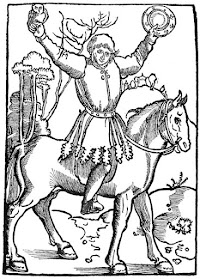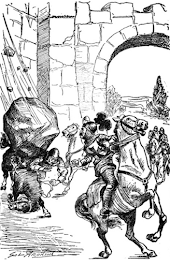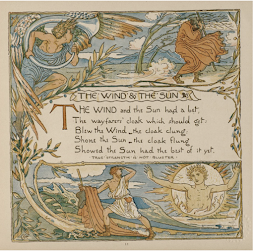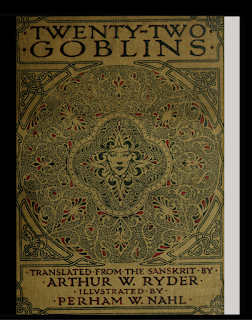Storybook Plan
The main idea or point of this project is just to have people enjoy and learn about trickster stories from different cultures. The storytelling style that I'm going for is a dialogue between different characters as well as these characters retelling some of their stories from their perspective. It will most likely start with all of them discussing at a table arguing who is the better trickster and then one of them will speak up and retell one of their stories. Then after the storytelling, it will cut back to dialogue between the characters until another one speaks up. This will continue until each trickster has gone twice with the second storytelling more intense (or at least a story with a bigger consequence) than the first storytelling. For Anansi's stories, I will be combining a couple of stories into one bragging point (story) for this specific trickster as the stories are pretty short. Anansi will start off talking about how they tricked...













